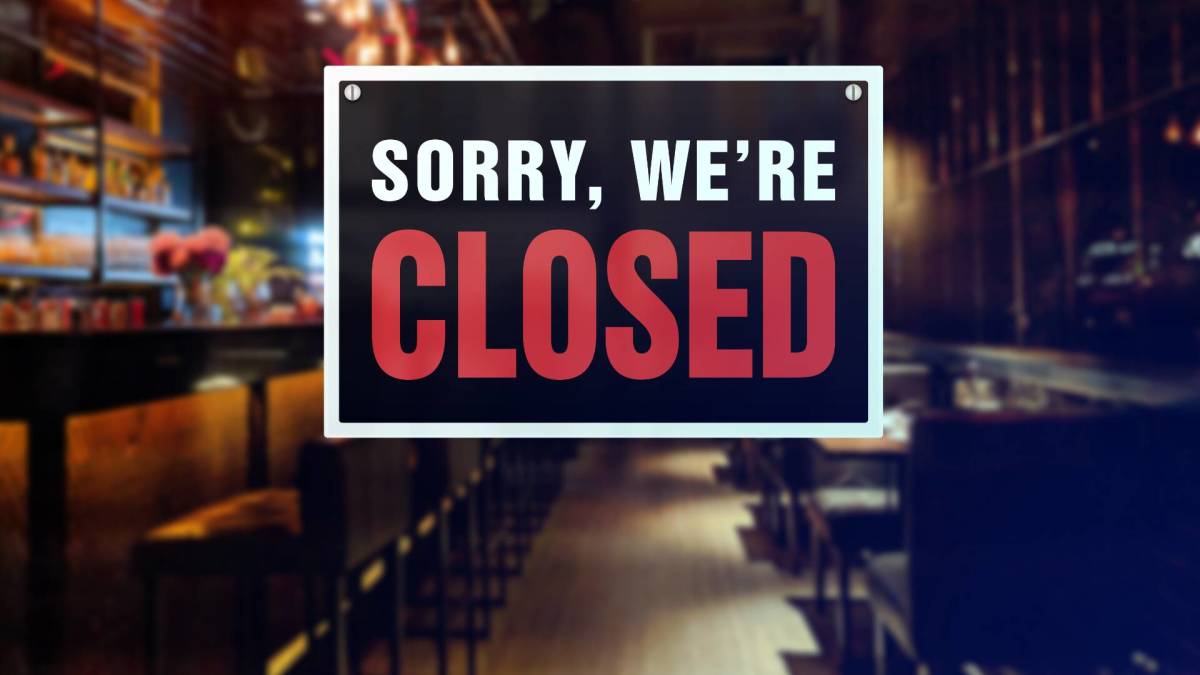It’s hard to say what retail will look like a few years from now.
While the majority of shopping is still done in brick-and-mortar locations, e-commerce takes another little bite out of the overall shopping share each year.
Digital Commerce 360 and CapitalOne Shopping offer some telling statistics on the trend.
Percentage of retail activity involving e-commerce:
- 2010: Approx. 6.4%
- 2015: Approx. 10.7%
- 2020: Approx. 14-19%
- 2025: 17-20%
While shopping malls have been a retail mainstay and the center of shopping and dining activity for decades, things changed during Covid.
Malls were known as “suburban town squares,” destinations for teenagers to hang out and for families to have dinner. While some malls continue to serve those purposes, many are ghost towns.
Even major chain restaurants and legacy retailers, once the lifeblood of malls, have been closing their doors. Without anchor stores to drive traffic, many shopping centers have been left in survival mode.

Image source: MDV Edwards/Shutterstock
Once a mecca for locals and tourists, this mall is now all but deserted
The San Francisco Centre, formerly known as Westfield San Francisco Centre, has long been a landmark for shopping and dining downtown.
When it opened in 1988, it was anchored by Nordstrom and later expanded to include Bloomingdale’s in 2006. At its peak, the mall housed more than 200 retailers and 20 food outlets, drawing locals and tourists alike into its nine-story, glass-domed downtown location.
Related: Starbucks’ latest closure is another hit for an embattled city
In 2009, the mall won an honor bestowed on just four malls around the world: the “Best of the Best” award from the International Council of Shopping Centers.
Today, the picture looks very different. The mall resembles a ghost town, with dozens of shuttered storefronts and virtually zero foot traffic.
The center’s once-glorious spiral escalator is now a symbol of a dramatic downward spiral.
San Francisco Centre restaurant owners forced to leave
The San Francisco Centre’s decline has been especially hard on small businesses and independent restaurants that depended on Nordstrom, Bloomingdales, and J. Crew customers taking a break from shopping to sit and have a bite.
Mohammad and Rabia Waqar, who ran Mashaalla, a Pakistani food restaurant inside the Centre, said they could no longer sustain operations and closed on September 23, 2025.
“The heartbeat here is gone,” Mohammad Waqar told the San Francisco Chronicle.
The couple, who first opened their restaurant in the mall during the 2022 holiday season, received positive reviews from food critics and enjoyed an initial surge of customers. But as retailers and restaurants closed, foot traffic dwindled to a trickle.
Related: Casual clothing retail chain closing 35 stores after trans scandal
“It was scary,” Waqar told KTVU. “Financially, because we weren’t making any money. Matter of fact, we were putting in money every month to cover the expenses.”
The family is preparing to open a new restaurant a few blocks away.
Sarku Japan closed this month, and Charleys Cheesesteaks, one of the few remaining eateries in San Francisco Centre, will also reportedly close. Workers were notified on September 23 that the location will shutter soon, as reported by the Chronicle.
San Francisco Centre’s timeline of decline
The San Francisco Centre’s fall has been steep and public:
- 1988 – Mall opens with Nordstrom as the anchor.
- 2006 – Expansion adds Bloomingdale’s.
- 2009 – Wins “Best of the West” award from the International Council of Shopping Centers.
- 2023 – Nordstrom closes its San Francisco flagship.
- 2023 – Westfield, the mall’s operator, defaults on its $558 million mortgage.
- 2024 – Property is appraised at just $195 million, down from $1 billion in 2016.
- 2025 – Mall set to go to auction on October 2.
What’s still open at San Francisco Centre
Despite the wave of closures, a handful of national retailers continue to operate inside the Centre:
- H&M
- Ray-Ban
- Boss
- Ecco
- Aritzia
- Tumi
- Samsonite
- Bath & Body Works
- Foot Locker
But these stores’ survival is uncertain. Many mall operators have found that once anchor tenants leave, other brands struggle to justify staying.
San Francisco real estate falters
The San Francisco Centre’s struggles reflect larger challenges in San Francisco’s commercial real estate market. Office vacancy rates remain among the highest in the nation, hovering near 35%, despite return-to-office mandates.
Starbucks has closed more than a dozen locations in the city, and with fewer workers downtown, there is less spending in restaurants and retail, making pandemic recovery even harder.
Retail consultant Nick Egelanian told The New York Times in August that San Francisco Centre represents “the most dramatic fall of any mall in the United States.”
Over the past few years, various groups, and even a former mayor, proposed a variety of alternative uses for the space including as a soccer stadium, but no plans have taken hold.
The Centre has also been scheduled for auction several times, but each time the process has been delayed.
As of now, the property is expected to go up for auction on October 2, 2025. Investors are circling, but it’s unclear whether new ownership can revitalize the once-prestigious space.
Related: 174-year-old American retailer shares Chapter 11 bankruptcy news
#37yearold #retail #icon #deserted #business #closes